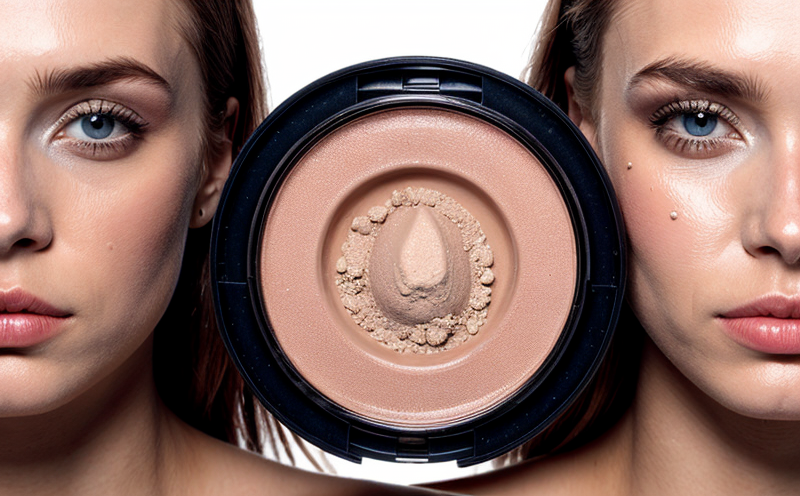Arsenic Detection in Cosmetic Lotions
Detectors of arsenic in cosmetic lotions play a critical role in ensuring product safety and compliance with international standards. Arsenic, a toxic heavy metal, can contaminate cosmetics through various means, including the use of contaminated raw materials, poor manufacturing practices, or environmental contamination during transportation.
For quality managers and R&D engineers involved in cosmetic development, understanding the levels of arsenic in their products is essential to protect consumers from potential health risks. Compliance officers must ensure that all cosmetic products meet stringent regulatory requirements set by organizations like the FDA (U.S.) or EU Cosmetics Regulation.
The process typically involves several steps: sample collection and preparation, analysis using specialized instrumentation such as ICP-MS (Inductively Coupled Plasma Mass Spectrometry), and subsequent interpretation of results. This service ensures that cosmetic products are free from unacceptable levels of arsenic to safeguard public health.
| Source | Description |
|---|---|
| Raw Materials | Poor quality or contaminated ingredients used during formulation. |
| Manufacturing Processes | Pollution from machinery, equipment, and improper handling practices. |
| Environmental Factors | Contamination during transportation or storage in unsuitable conditions. |
Applied Standards
The analysis of arsenic content in cosmetic lotions is governed by several international standards, including ISO/IEC 17025 for laboratory accreditation and EU Cosmetics Regulation (Regulation EC No. 1223/2009).
Specifically, the method employed to detect arsenic must adhere to the requirements outlined in EN 14860:2009 which provides guidelines for the determination of heavy metals in cosmetic products. The standard specifies that laboratories should use validated analytical techniques such as Inductively Coupled Plasma Mass Spectrometry (ICP-MS) or Flame Atomic Absorption Spectrophotometry (FAAS).
To ensure accurate and reliable results, it is imperative to follow these standards meticulously. Compliance with these regulations not only protects consumers but also ensures that manufacturers can confidently market their products as safe and compliant.
Environmental and Sustainability Contributions
- Reduction of toxic metals in the environment by ensuring proper disposal of contaminated materials.
- Promotion of sustainable manufacturing practices through rigorous testing protocols.
- Enhanced consumer trust in cosmetic brands that adhere to strict safety and environmental standards.
Use Cases and Application Examples
This service finds application across various industries within the cosmetics sector, including personal care products, fragrances, and makeup. For instance:
- Ingredient Suppliers: Testing raw materials to ensure they meet safety standards.
- Manufacturers: Routine quality control checks to maintain product integrity.
- Distributors: Verification of product compliance before market release.





